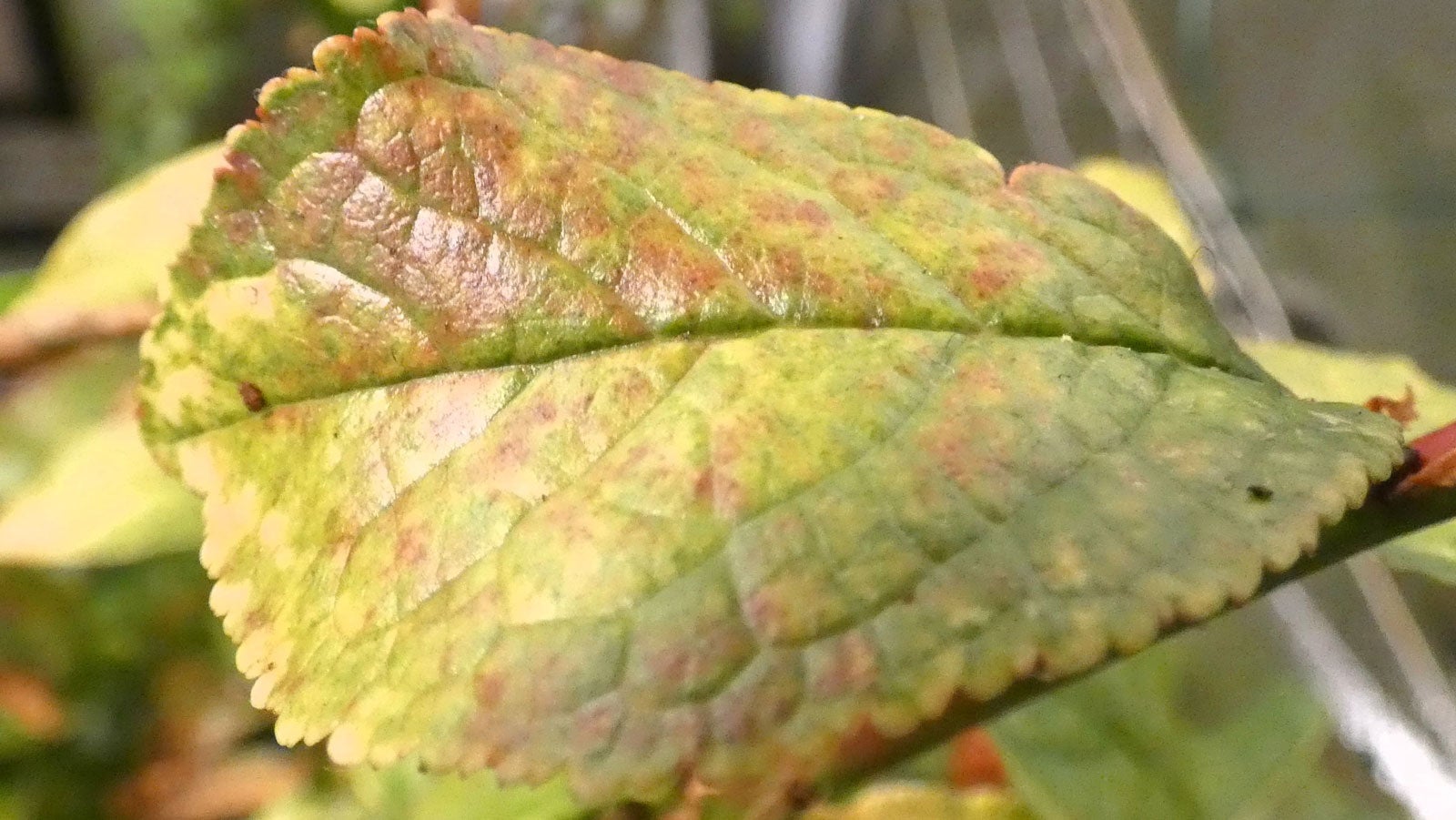Plum Trees
Plump and tangy plums come from generous, high-yielding edible fruit trees. Perfect for beginners and enthusiasts alike, homegrown plums provide a scrumptious bounty for snacks and preserves. We show you how to give both trained and bush trees the best care for healthy plums, damsons and gages.
-
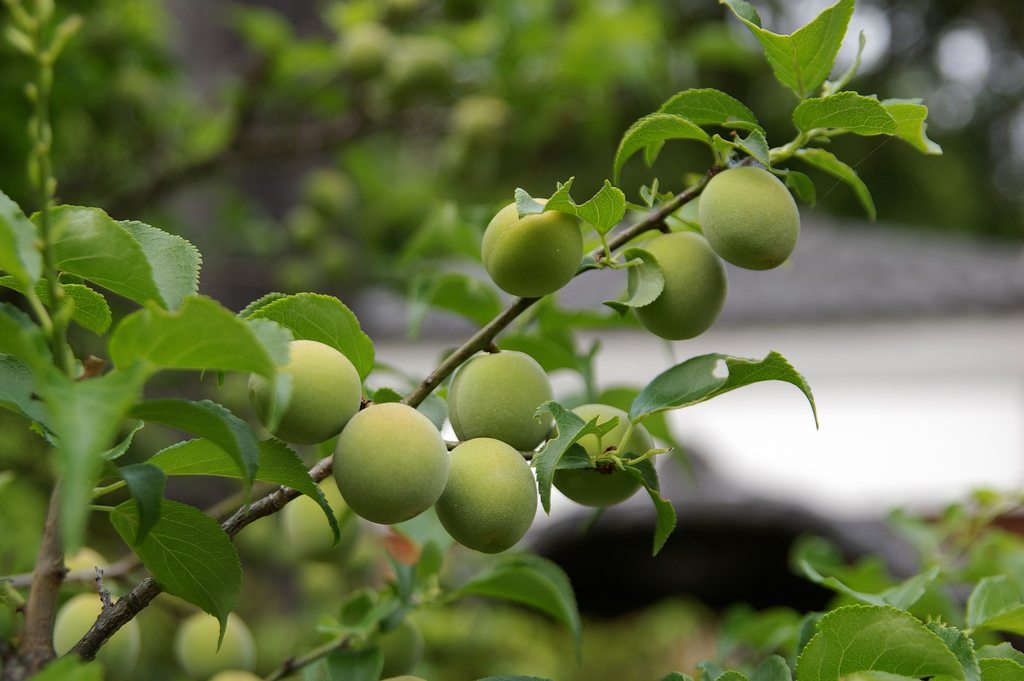
Satsuma Plum Care: Learn About Japanese Plum Growing
The most common plum variety grown is European plum, which is primarily turned into preserves and other cooked products. If you want a juicy plum to eat right off the tree, the choice is most likely a Satsuma Japanese plum tree. Click here for more info.
By Amy Grant
-
Golden Transparent Gage Info – Growing A Golden Transparent Gage At Home
If you are a fan of the group of plums called "gages," you will love Golden Transparent gage plums. Golden Transparent gage trees prefer warmer conditions and produce smaller but very flavorful fruit. Learn more about them in this article.
By Bonnie L. Grant
-
Plum Prunus Stem Pitting Disease – Managing Stem Pitting On Plum Trees
Plum Prunus stem pitting is not as common as it is in peach, but does occur and can have a negative impact on the crop. There are no resistant varieties of Prunus at this writing, but there are a few options to control and avoid the disease in your plum trees. Learn more here.
By Bonnie L. Grant
-
Herman Plum Information – Tips For Growing Herman Plums
Choosing the variety of a particular fruit to grow can be difficult, especially with so many options and limited garden space. A Herman plum tree is a good option for many reasons. Learn more about how and why you should grow this plum tree in the following article.
By Mary Ellen Ellis
-
Excalibur Plum Tree Care: Tips For Growing Excalibur Plums
For a tasty, large plum in your backyard orchard, consider growing Excalibur. Care for an Excalibur plum tree is easier than for some other fruit trees, although you will need another plum tree nearby for pollination. Learn more in this article.
By Mary Ellen Ellis
-
Gage ‘Count Althann’s’ – Learn About Growing Count Althann’s Gage Trees
Introduced to England from the Czech Republic in the 1860s, Count Althann’s trees are upright, compact trees with large leaves. The hardy trees tolerate spring frost and are suitable for growing in USDA plant hardiness zones 5 through 9. Click here for more information.
By Mary H. Dyer
-
Haganta Plum Care – Growing Haganta Plums In The Landscape
Urban dwellers are looking for ways to add homegrown fruits and vegetables to their landscape. The vibrant colors of fruit trees are an excellent way to accomplish this task, and those such ‘Haganta’ plums, offer both beauty and taste. Learn more here.
By Tonya Barnett
-
Blue Tit Plum Info – How To Grow A Blue Tit Plum Tree
Variations among plum trees may make the process of choosing one an extremely difficult task. Luckily, growers are often able to find fruit trees that are well-suited and thrive in their garden’s unique microclimate. One such tree is the ‘Blue Tit’ plum. Learn more here.
By Tonya Barnett
-
Ariel Plum Trees – Tips For Growing Ariel Plums At Home
If you like gage plums, you’ll love growing Ariel plum trees which produce pinkish gage-like plums. The following Ariel plum tree information discusses how to grow and care for Ariel plums in the home garden. Click here to learn more.
By Amy Grant
-
Gage Tree Information – Growing Coe’s Golden Drop Gage Fruit Trees
Green Gage plums produce fruit that is super sweet, a true dessert plum, but there is another sweet gage called Coe’s Golden Drop plum which rivals the Green Gage. Interested in learning how to grow Coe’s Gold Drop gage trees? This article will help.
By Amy Grant
-
Wallis’s Wonder Plum Info – How To Grow A Wallis’s Wonder Plum Tree
For a late-season plum that holds up in storage all fall and that you can enjoy in a variety of ways, from fresh to canned, try growing Wallis’s Wonder plums. This delightful plum has a fun flavor to match its cheerful name. Learn more in this article.
By Mary Ellen Ellis
-
Belle De Louvain Tree Care – How To Grow Belle De Louvain Plums
If you are considering growing a Belle de Louvain plum tree, you’ll need information on the tree’s growth requirements. Click the following article for facts about these plum trees and their fruit, as well as tips on how to grow Belle de Louvain plums.
By Teo Spengler
-
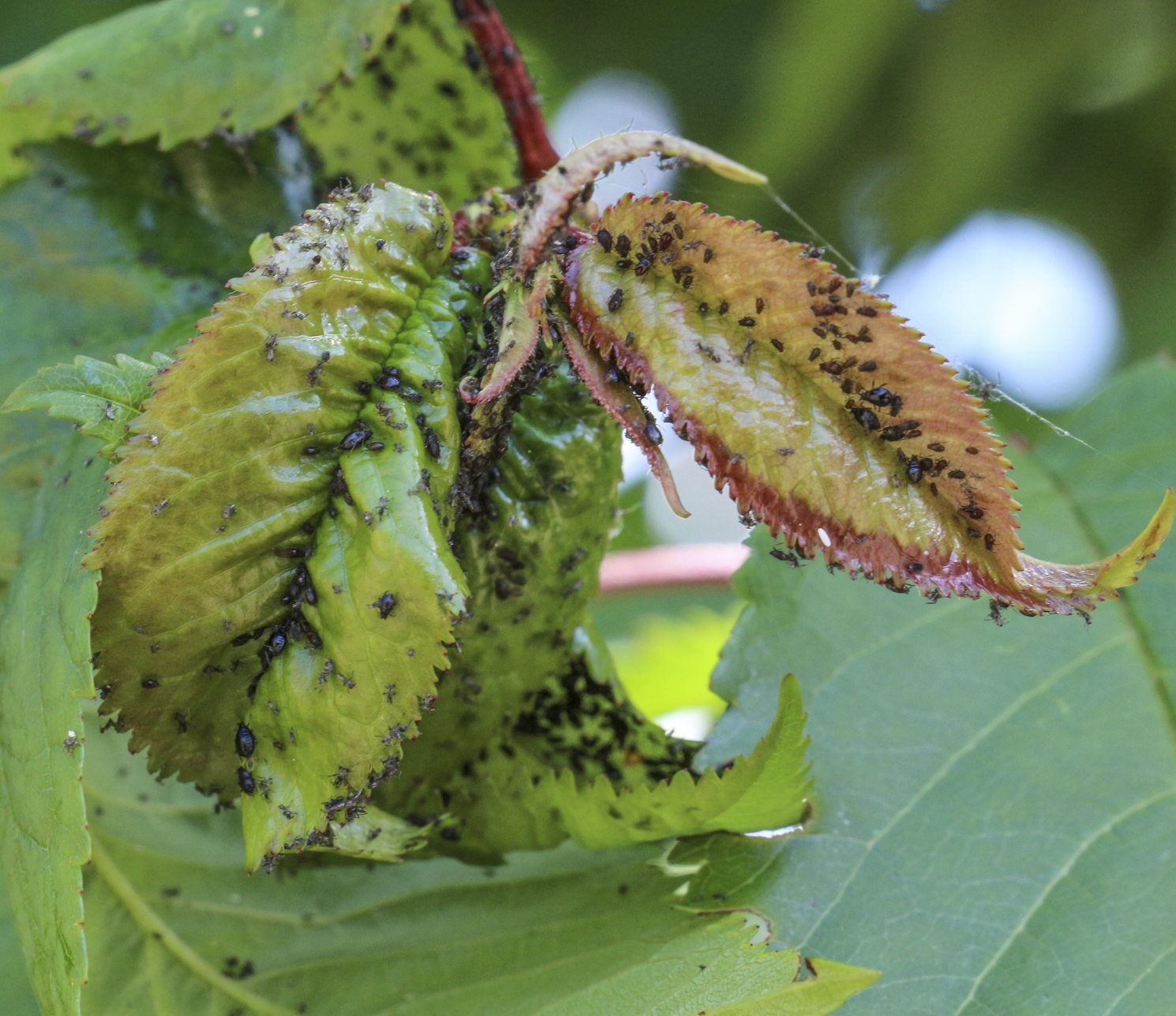
Pests On Plum Trees – How To Deal With Common Plum Tree Pests
Of the fruiting trees, plum trees have the least number of pests. Even so, plum trees do have some insect problems that can wreak havoc with fruit production or even kill the tree. The following article will help with common plum pests.
By Amy Grant
-

Red Plum Tree Leaves: Why Are Leaves Turning Red On Plum Tree
What should you do if you notice your plum tree leaves turning red? How can you tell what's wrong? Luckily, red plum tree leaves can mean a lot of different things, and this article will help determine what's going on.
By Liz Baessler
-
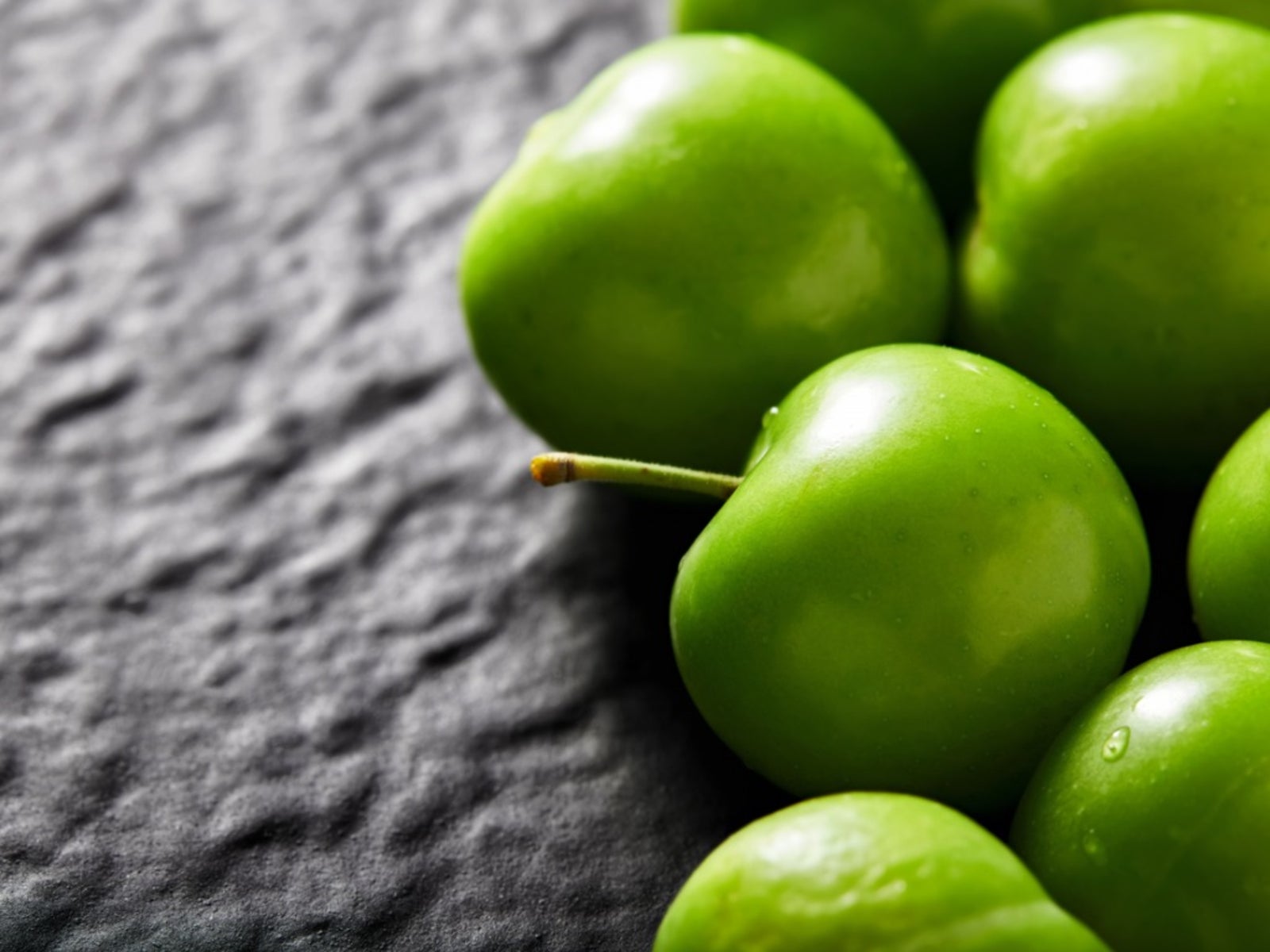
What Is A Green Gage Plum – How To Grow A Green Gage Plum Tree
The one plum you will likely not find for sale comes from Green Gage plum trees. What is a Green Gage plum and how do you grow a Green Gage plum tree? Click here to find out about growing Green Gage plums and Green Gage plum care.
By Amy Grant
-
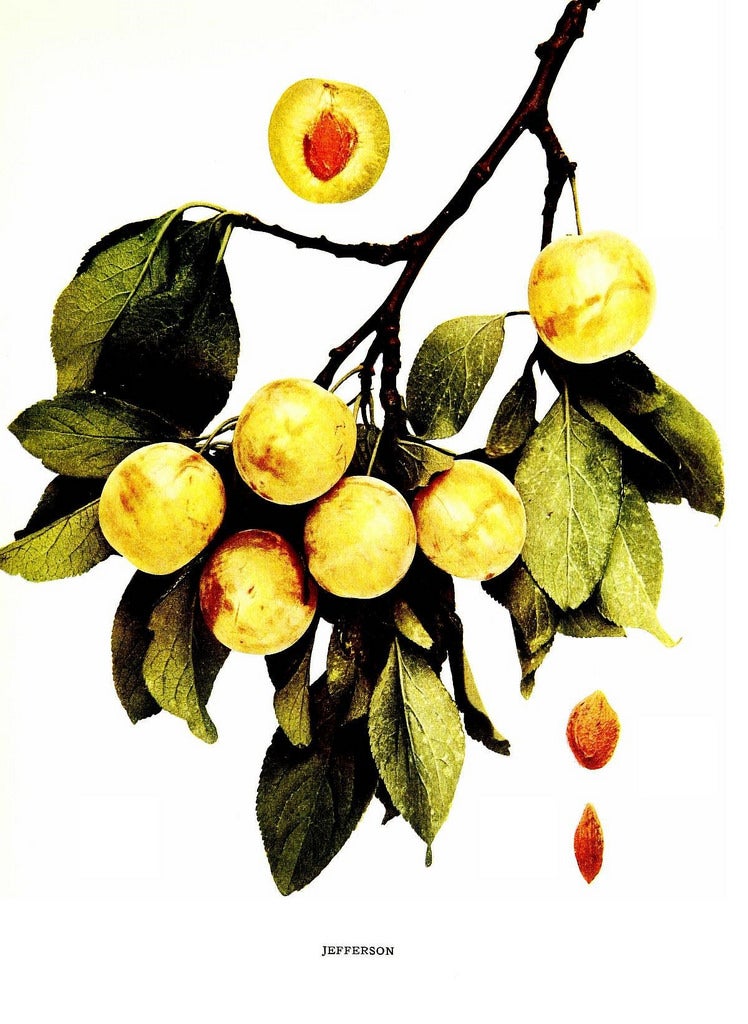
What Is A Jefferson Gage: Tips For Growing Jefferson Plums
Jefferson gage plums, originating in the United States around 1925, have yellow-green skin with reddish spots. These plum trees tend to be relatively disease-resistant and easy to grow as long as you provide the right conditions. Learn about growing Jefferson plums here.
By Mary H. Dyer
-
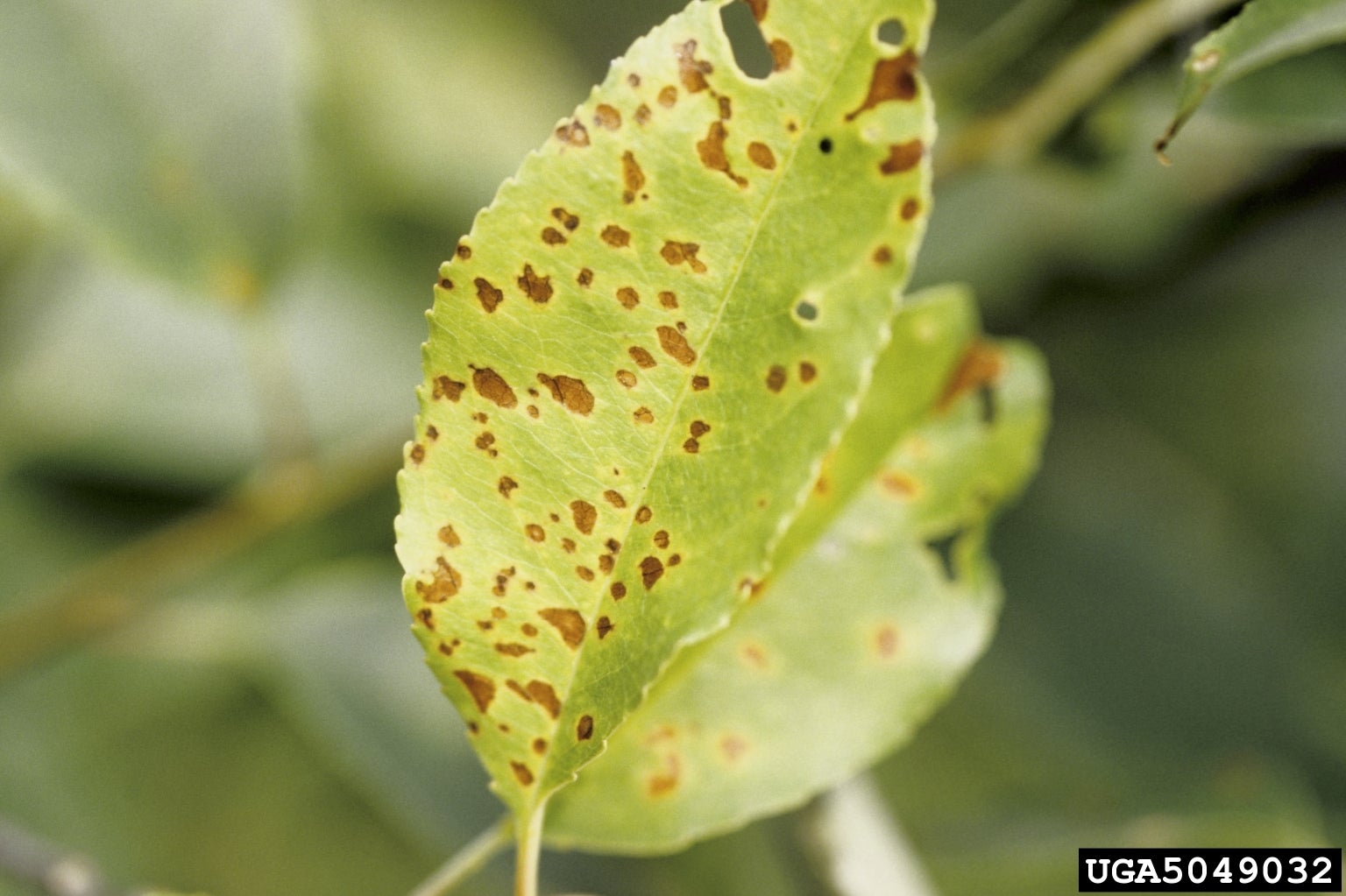
Cherry Leaf Spot In Plums – Treating A Plum With Cherry Leaf Spot
Small purple spots on your plum’s leaves could mean your tree has cherry leaf spot. The good news is that it is usually a minor infection. The damage to fruit and harvest yield is typically not serious, but you may want to take some preventative measures found here.
By Mary Ellen Ellis

